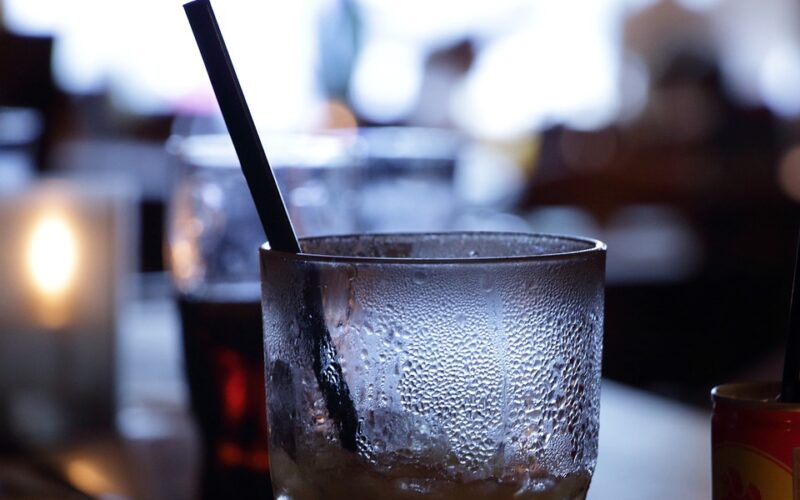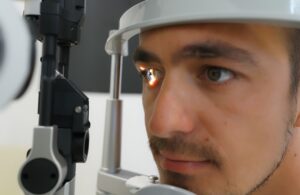Tanning addiction, otherwise known as tanorexia, is a condition where individuals have an uncontrollable urge to bronze their skin. It is usually caused by underlying psychological issues and low self-esteem. I
f you are living with a spouse who has tanning addiction, it might be challenging to navigate their behaviour, but it is crucial to approach it with compassion and understanding. Encourage your partner to seek professional help, such as therapy or counselling, to address the root causes of their addiction.
You can also suggest alternative activities, like exercise or meditation, to help them feel better about themselves without resorting to tanning. Remember that recovery is a process, and patience and support are key to managing tanning addiction.
Tanning addiction and symptoms
Tanning addiction is a condition that has gained a lot of attention in recent years. It is characterized by a compulsive desire to tan, irrespective of the possible harmful effects on the skin.
Symptoms vary, but may include spending an excessive amount of time in tanning beds, spending an excessive amount of money on tanning products, and neglecting important responsibilities to achieve a tan. Addicts may also experience physical withdrawal symptoms, such as headaches and nausea, if they miss a tanning session.
While tanning may seem like a harmless activity, it is essential to pay attention to the symptoms of addiction so you can avoid long-term damage to your skin and overall health.
Dangers of a tanning addiction
While a sun-kissed glow might seem desirable, many people fail to realize the dangers of excessive tanning.
Developing an addiction to tanning can have severe consequences for your skin and health, including a higher risk of skin cancer, premature aging, and damage to your immune system.
The UV rays emitted by tanning beds or outdoor sunlight can penetrate deep into your skin, causing long-lasting damage that may not show up for years. It's important to protect your skin from the sun's harmful rays and limit your exposure to tanning as much as possible.
Your health and well-being are far more important than a temporary tan.
How to discuss this matter with your spouse
When it comes to approaching a spouse about their tanning addiction, it's important to approach the situation with care and empathy. Start by expressing your concerns in a non-judgmental way and let them know that you care about their well-being.
It's important to listen actively to their response and try to understand why they feel the need to tan excessively. From there, you can suggest alternative ways to achieve a healthy glow, such as gradual self-tanning products or embracing their natural skin tone. Avoid ultimatums or being critical, as this can lead to defensiveness and hinder progress.
Remember that it takes time and patience to overcome addiction, and it's important to offer support throughout the process.
Managing and reducing tanning behaviour
For many, tanning is seen as a way to achieve a glowing, sun-kissed complexion. However, excessive exposure to UV rays can lead to serious health problems, including skin cancer.
So, if you're looking to manage and reduce your tanning behaviour, there are a number of tips you can follow. Firstly, try using sunless tanning products that are applied topically rather than exposing your skin to harmful rays. It's also important to stay out of the sun during peak hours, usually between 10 a.m. and 4 p.m. Furthermore, wearing protective clothing and using sunscreen with at least SPF 30 can help keep harmful rays at bay.
Lastly, pay attention to your body's cues and try to avoid sunburns at all costs. These tips can help you achieve the look you want while keeping your skin healthy and protected.
Encourage alternatives to tanning
Exposing oneself to harmful ultraviolet rays in order to achieve a golden, sun-kissed glow has become a popular trend, despite the well-known risks of skin cancer and premature aging.
However, there are an increasing number of alternatives to tanning that can still provide a beautiful and healthy glow. Self-tanners, spray tans, and bronzing lotions are all effective methods to achieve a similar look without the damaging effects of ultraviolet radiation. Similarly, embracing one's natural skin tone and avoiding harsh chemicals and sun damage can also be a great way to promote a healthier lifestyle.
By educating individuals on the risks of tanning, along with the availability of alternative options, we can all help promote healthy and beautiful skin for years to come.
Seeking professional help
Dealing with tanning addiction can be a difficult battle to fight alone. It is important to seek professional help and support resources in order to overcome the addiction.
Talking to a licensed therapist can provide a safe space to express your concerns, and they can offer insight and guidance on how to manage and overcome the addiction. Additionally, support groups for tanning addiction, such as those offered by the National Tanning Addiction Association, can provide a sense of community and camaraderie as you work towards recovery.
Recognising that tanning addiction is a real issue is the first step, and seeking out professional help and support resources can make a significant difference in overcoming the addiction.






















